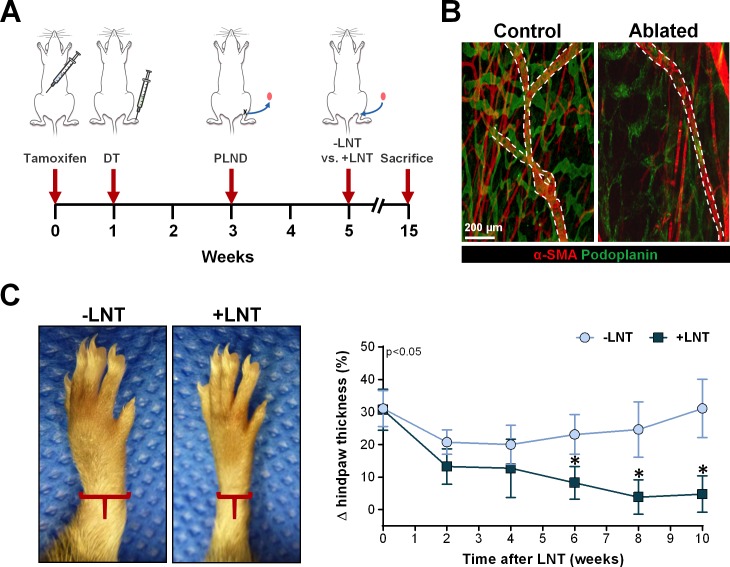Fig 1. LNT decreases swelling after diphtheria toxin-induced lymphatic ablation.
A) Schematic diagram of the experimental protocol. Transgenic mice underwent activation of the Cre-Lox recombination through a course of intraperitoneal injections of tamoxifen followed by a series of subdermal diphtheria toxin (DT) injections into the dorsum of the hindpaw one week later in order to ablate the local lymphatic system. Two weeks later, the mice underwent ipsilateral popliteal lymph node dissection (PLND). After an additional two week recovery, experimental mice underwent ipsilateral lymph node transplantation (+LNT), while control mice underwent popliteal incision without lymph node transplantation (-LNT). All analysis was done using hindlimbs of mice that were sacrificed 10 weeks after the final surgery. B) Representative whole-mount immunofluorescent image of the mouse hindlimb harvested one week after DT injection. Note ablation of both capillary (podoplanin+α-SMA-) and collecting lymphatics (podoplanin+α-SMA+). Collecting lymphatics are also indicated by the dotted white line. C) Left panel: Representative photograph of hindlimbs after surgery with or without LNT. Note the gross swelling in the hindlimb in the mouse without LNT (-LNT). Right panel: Quantification of change in hindpaw thickness from baseline in the weeks following surgery with or without LNT. Note significant decrease in mice that underwent LNT (+LNT) beginning 2 weeks after surgery.

